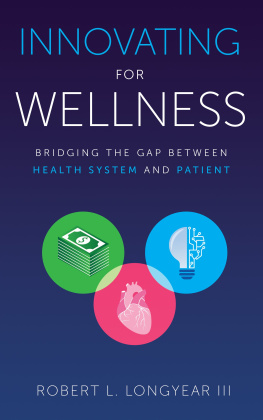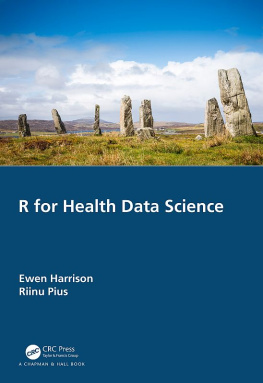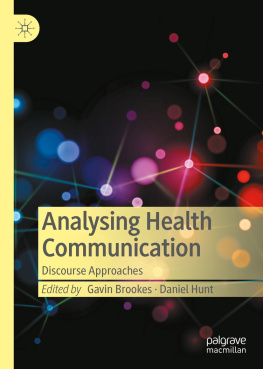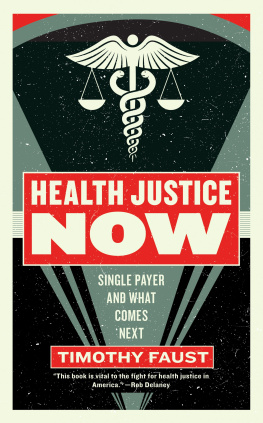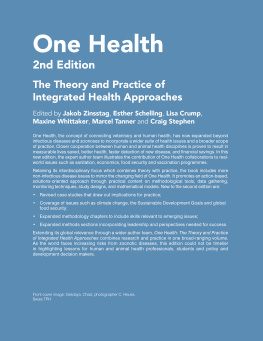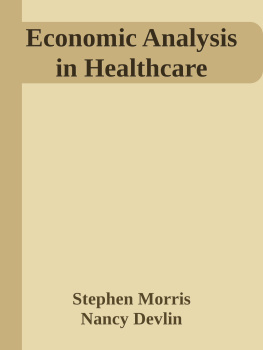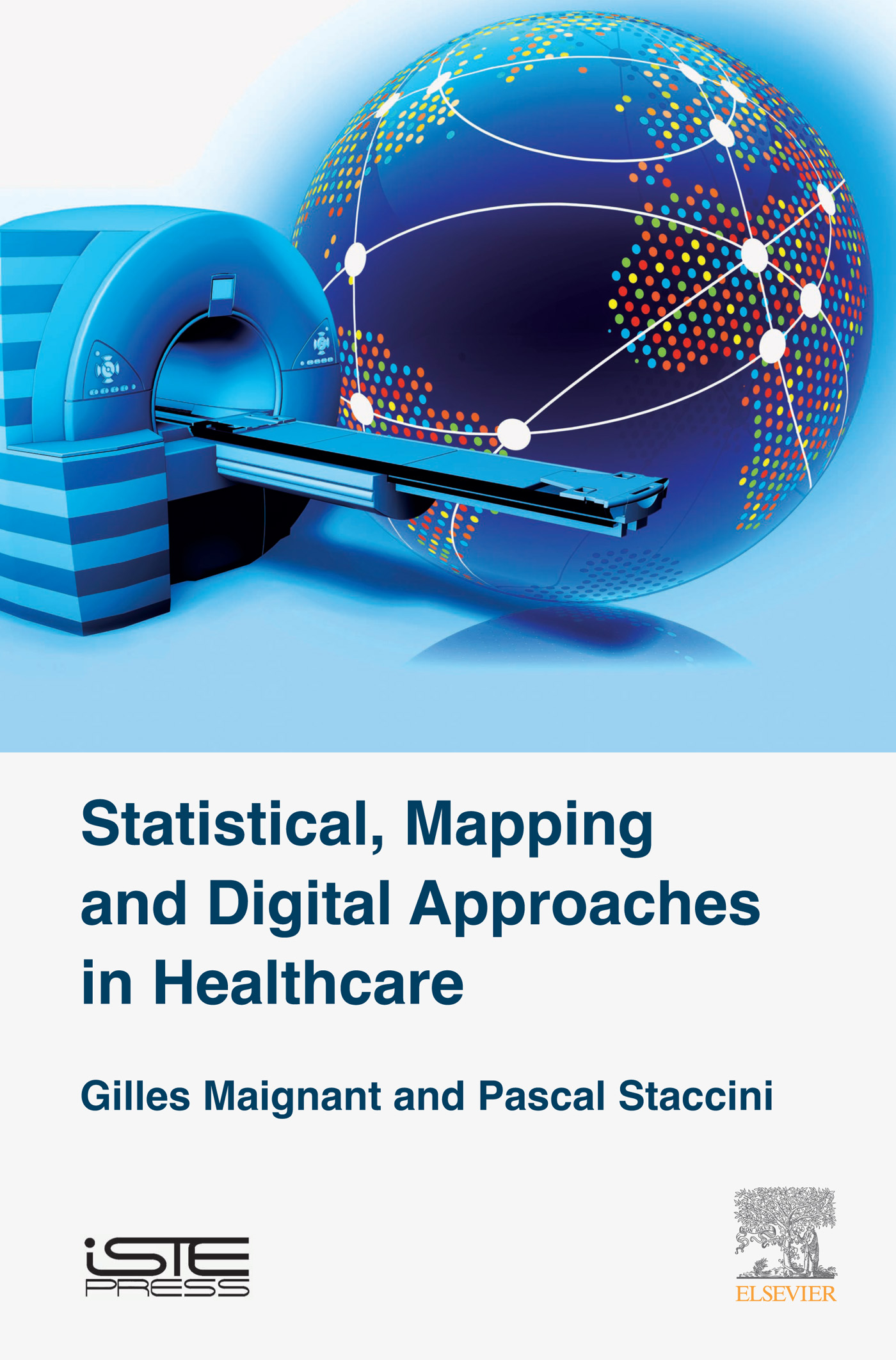Statistical, Mapping and Digital Approaches in Healthcare
Gilles Maignant
Pascal Staccini
Territory Management and Digital Healthcare Set
coordinated by
Gilles Maignant

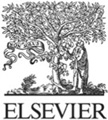
Copyright
First published 2018 in Great Britain and the United States by ISTE Press Ltd and Elsevier Ltd
Apart from any fair dealing for the purposes of research or private study, or criticism or review, as permitted under the Copyright, Designs and Patents Act 1988, this publication may only be reproduced, stored or transmitted, in any form or by any means, with the prior permission in writing of the publishers, or in the case of reprographic reproduction in accordance with the terms and licenses issued by the CLA. Enquiries concerning reproduction outside these terms should be sent to the publishers at the undermentioned address:
ISTE Press Ltd
2737 St Georges Road
London SW19 4EU
UK
www.iste.co.uk
Elsevier Ltd
The Boulevard, Langford Lane
Kidlington, Oxford, OX5 1GB
UK
www.elsevier.com
Notices
Knowledge and best practice in this field are constantly changing. As new research and experience broaden our understanding, changes in research methods, professional practices, or medical treatment may become necessary.
Practitioners and researchers must always rely on their own experience and knowledge in evaluating and using any information, methods, compounds, or experiments described herein. In using such information or methods they should be mindful of their own safety and the safety of others, including parties for whom they have a professional responsibility.
To the fullest extent of the law, neither the Publisher nor the authors, contributors, or editors, assume any liability for any injury and/or damage to persons or property as a matter of products liability, negligence or otherwise, or from any use or operation of any methods, products, instructions, or ideas contained in the material herein.
For information on all our publications visit our website at http://store.elsevier.com/
ISTE Press Ltd 2018
The rights of Gilles Maignant and Pascal Staccini to be identified as the authors of this work have been asserted by them in accordance with the Copyright, Designs and Patents Act 1988.
British Library Cataloguing-in-Publication Data
A CIP record for this book is available from the British Library
Library of Congress Cataloging in Publication Data
A catalog record for this book is available from the Library of Congress
ISBN 978-1-78548-211-3
Printed and bound in the UK and US
Introduction
La pense du moyen pour construire devient le moyen de penser
Paul Valry
This book is born from the coming together of an environmental mathematician/researcher with an interest in health-related issues, and a public-sector doctor and university lecturer, specializing in medical information processing, both teaching at the Department of Risk Engineering and Health IT (IRIS dpartement dingnierie du risque et informatique de sant ) in the Faculty of Medicine, at the University of Cte dAzur (UCA). The authors have previously collaborated on writing a collection of MCQs in mathematics and biostatistics, aimed at first-year university students taking the classes common to all medical students, published by Ellipses.
No branch of the sciences has its own unique topics; rather, each discipline offers its own point of view of subjects which might also be examined by other disciplines .
Given its position at the very heart of the interdependence between human beings and their environment, and given the diversity of the factors and cofactors upon which it depends, health is a research topic which has produced numerous collaborations between disciplines. However, the singularity, the uniqueness, of each such discipline is simultaneously the condition for their complementarity and the source of the contradictions, misunderstandings and methodological discord between them. Thus, in a transdisciplinary depiction of the issues of the environment and health, neutral ground needs to be found meeting points, where we can weave together the numerous dimensions of the interactions between the two domains. The territory is one such meeting point.
This book offers a new perspective on health data in connection with environmental issues in particular, air pollution considering different spatial and temporal scales. It is aimed at anyone interested in the evolution and processing of territorial health data. In writing it, the authors opted for systemic reflection, using concrete examples from the environmental field, rather than trying to write a coursebook, although reminders are presented in each chapter. Whilst the book follows a logical plan based on the historical evolution of uses of health and/or environmental data, each chapter can be read and understood independently of the others.
The different chapters deal with the various methods used in processing and representing health data, supporting the discussion with a review of the academic literature produced in recent years. The goal is not to give an exhaustive treatment of all methods used but rather to open readers eyes to the pros and cons of each method. Interested readers can gain more information about the subjects of each of the larger chapters (statistics, cartography, digital technology) by consulting the numerous references mentioned in the text and in the bibliography. This book situates the complexity of these approaches within a broader framework that of territories, and more specifically, of cities, because it is in cities that health, environmental and social issues are concentrated.
The first chapter introduces the concept of a territory a term which is, by nature, polysemic and multifunctional. It touches on the links between the environment and health in a multi-scale approach, both in spatial and temporal terms, and defines a new field: the environmenthealth space . Through the lens of examples taken from the academic literature, it also deals with the question of exposure, whether through monitoring cohorts or through models. It plays on the expressions territories of health and health of territories.
discusses data, and in particular the contribution made by statistics (the first element in our triptych) to understanding questions of health within a territory. Using various examples to illustrate certain statistical techniques, this chapter should give the reader a degree of perspective on the use of data with a view to understanding the links between health and the environment. With the burgeoning volume and increasing heterogeneity of data (Big Data), this chapter discusses the pertinence of indicators and the problem of data structure alignment, as well as also ethics in what is inevitably a sensitive context.
The third chapter examines the representation of information, for consultation by the general public, by academics or by the political decision-makers. Of the various information representation techniques, one is set apart from the rest by its communication properties: this method is cartography (the second element in our triptych). Nevertheless, even cartography is not without its limitations. The pros and cons of this type of spatial representation will be discussed, notably in terms of the interleaving of scales and of MAUPs (Modifiable Area Unit Problems), but also in terms of the aggregation and disaggregation of data. In view of the constraints of data availability and clinical ethics, we discuss an optimal scale by which to measure environmenthealth links.


